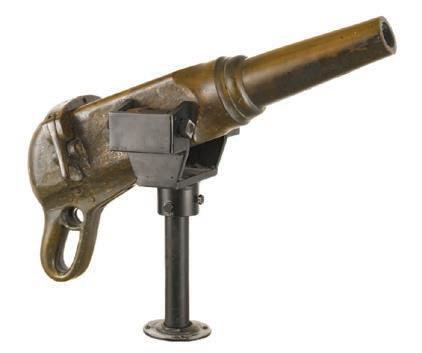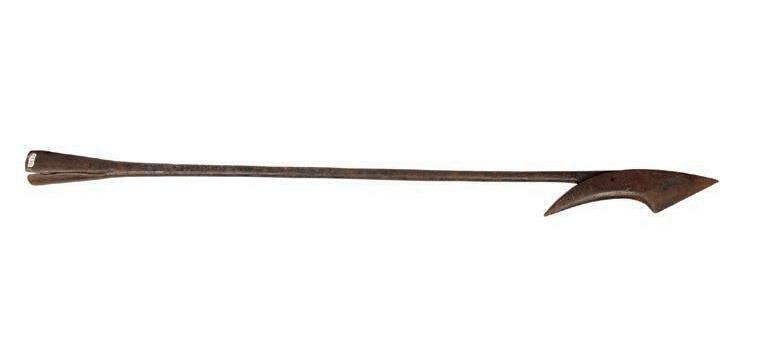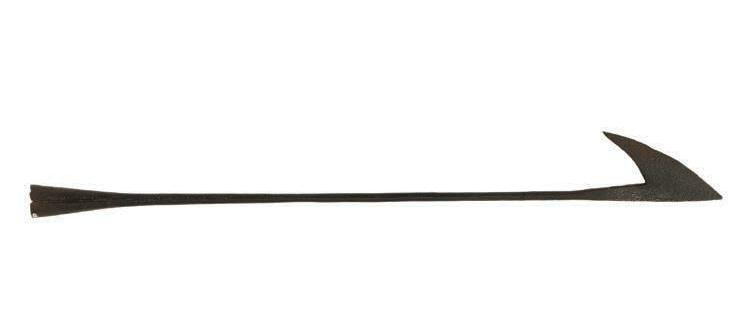
1 minute read
The Robert and Nina Hellman Collection
EXHIBITIONS
The late Robert “Bob” Hellman, an esteemed friend and colleague of the NHA, was well known as an avid collector of whalecraft and other artifacts from the whale fishery. Throughout his life, he devoted considerable time to gathering and studying the tools used to hunt and process whales. His careful scholarship allowed him to trace tools back to specific makers and, often, to the ships where the tools had seen use. Bob’s collection was unique both for the quantity and quality of its artifacts and for Bob’s meticulously detailed research notes and hand-drawn illustrations. The NHA collected significant items from his and his wife Nina’s collections in 2016 and 2019, including many of his research materials. This winter, the NHA has installed in the Whaling Museum a selection of artifacts from the Robert and Nina Hellman Collection. These new displays focus on harpoons and lances and the central role these tools played in the success of the whale fishery. For as long as people have hunted whales, harpoon makers have attempted to develop more effective designs. During the era when Nantucketers hunted whales, three distinct forms were regularly produced: the single flue, the double flue, and the “toggle iron” where the harpoon head opened up under tension and became incredibly difficult to pull free. Unlike harpoons, lance designs remained relatively unchanged throughout the era of whaling in wooden ships. They are essentially giant needles designed to pierce through thick whale blubber and damage the vulnerable heart and lungs. By the twentieth century, these traditional hand-wielded tools had been replaced by gun-fired harpoons and exploding bomb lances. The NHA’s new displays explore the disastrous effect such innovations had on world whale populations, and show how the tools now used to disentangle modern whales from fishing gear are, ironically, curiously close in design and use to the harpoons of old.



Left: Bow-mounted swivel gun for whaling. Above: Single-flue harpoon, double-flue harpoon, and toggle harpoon.
NOW OPEN: Whaling Museum, Gosnell Hall and Candle Factory






